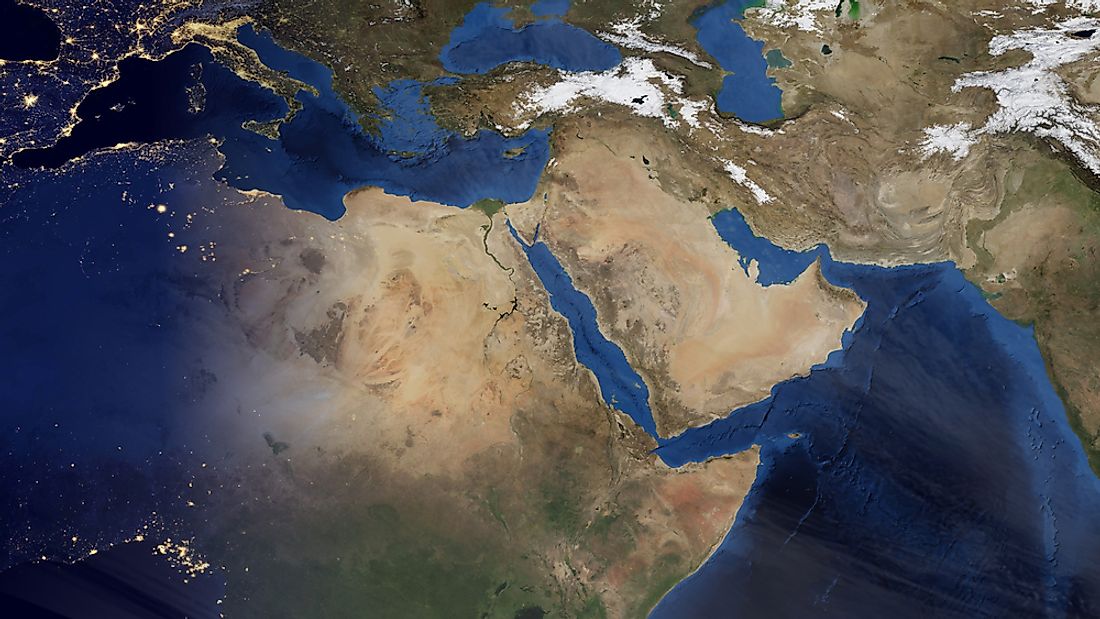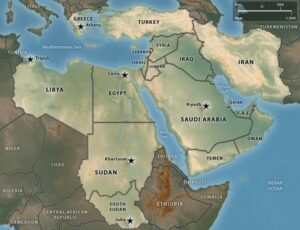Languages of the Middle East

Arabic
Arabic such as japanese translator – the most widely spoken language in the Middle East – is the official language in many countries: Algeria, Bahrain, Djibouti, Egypt, Israel, Jordan, Iraq, Yemen, Qatar, Kuwait, Lebanon, United Arab Emirates, Oman, Saudi Arabia, etc. Arabic is also spoken in some of the surrounding non-Arab countries. This language belongs to the Semitic branch of the Afrasian language family. The Arabic language naturally has many dialects, for example Egyptian Arabic, Moroccan Arabic. Publications, international trade and communication between speakers of different dialects are carried out in modern literary Arabic.
Hebrew
Along with Arabic, Hebrew is the state language of Israel. It is a Semitic language of the Afrasian language family. It has two forms: modern Hebrew and classical ancient Hebrew, which is used in religion. Ancient Hebrew is still taught in American seminaries, it is studied by archaeologists and linguists, Jews themselves and followers of Judaism, thus, the language does not belong to the category of “dead”. Even greater recognition for ancient Hebrew came with the discovery of the Dead Sea Manuscripts, which contain most of the Tanakh (Hebrew Scripture, also known as the Old Testament).
Persian language
Persian is the second most common language. It is mainly found in densely populated Iran, as well as in some adjacent regions. It belongs to the Aryan languages of the Indo-Aryan branch of the Indo-European language family. He is greatly influenced by Arabic (through Islam) and Aramaic (the predecessor of Arabic).
Turkish language
Turkish is the third most common language, despite the fact that it is only spoken in Turkey, a large and densely populated country. Turkish belongs to the Turkic languages, whose homeland is Central Asia.
Other Middle Eastern languages
Many other languages are spoken in the Middle East: Azerbaijani, Armenian, Berber, Greek, Kurdish, Lesser Iranian, Lesser Turkic languages, Syriac (a variant of the Aramaic language), Circassian and some modern South Arabian languages. Urdu is spoken in many Middle Eastern countries: Israel, Qatar, the United Arab Emirates – these countries are home to a large number of immigrants from Pakistan and India. There are over 40 dialects in Afghanistan alone! Among them are two state languages: Dari and Pashto, which are native to 85% of the population. In Afghanistan, most of the population speaks Dari, which is also called Afghan Persian. Dari is a dialect of Iranian Farsi, or Persian, from which it differs by at least 25%.
Western languages
Western languages are also in use in the Middle East, in some cases they are even official. So, French is spoken in Algeria, Egypt, Israel, Lebanon. Most Middle Eastern states understand English. The Russian language is widespread in the countries of the former Soviet Union, which have traditional ties with the Middle East: Azerbaijan, Georgia, Kazakhstan, Kyrgyzstan, Tajikistan, Turkmenistan, Uzbekistan. In Cyprus today the Greek language is used, which has historically been the language of official documents, everyday communication and trade in those regions of the Middle East that were under Roman rule about two thousand years ago.
